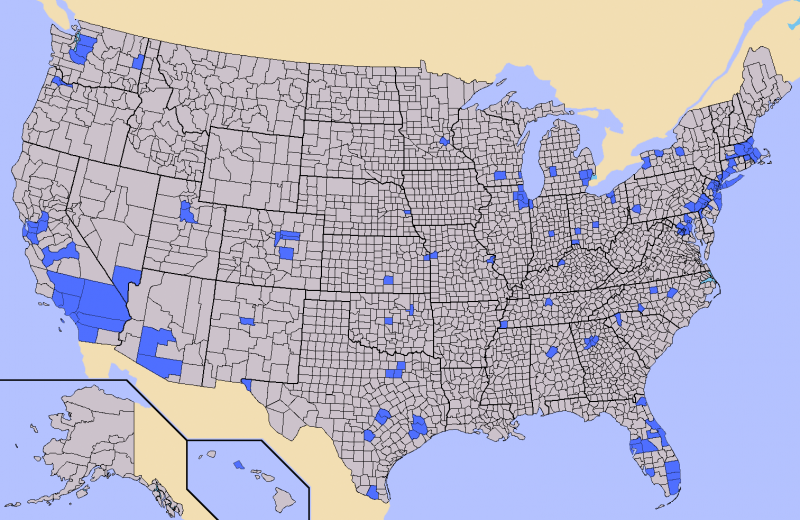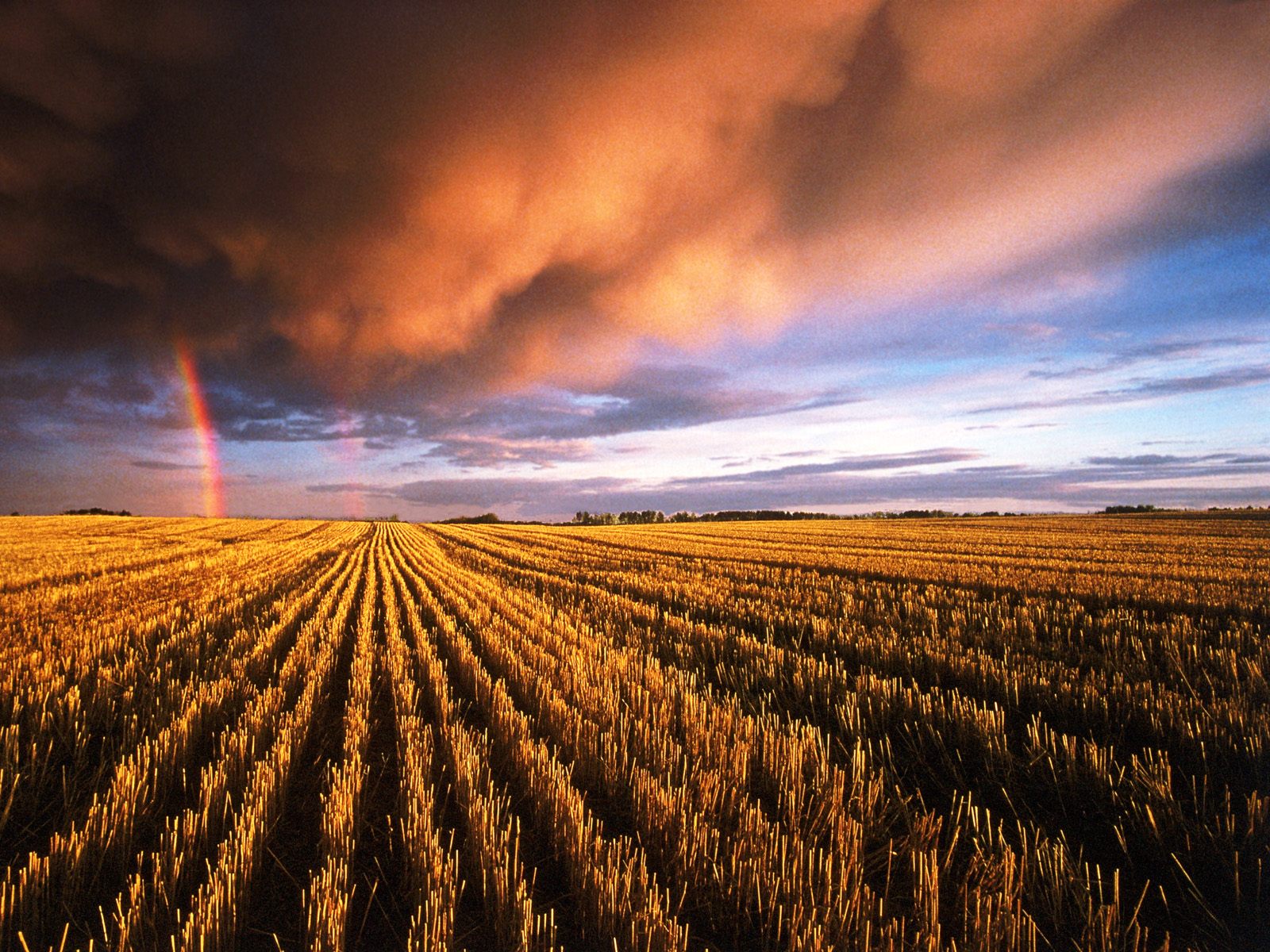Pros and Cons of a Vegan Diet Post Apocalypse
I am vegan and I have no intention of being vegan in SHTF. However knowing some tips and tricks about the vegan diet might help us all out when the worst happens and the shelves empty forever.
For most people likely the idea of having to eat an exclusively vegan diet is their idea of the apocalypse! No more bacon and beef burgers. Leaving aside the other valid reasons to embrace a vegan diet before SHTF this article is a none expert’s view on how to eat better if there are no more open stores and the only meat for miles is the odd rat.
Personally I plan on eating that rat in SHTF but I was recently asked to put together a how to article on how to be vegan in SHTF if meat, fish, dairy, and/or eggs are unavailable. I would argue that meat food preparation is the easiest of all if you embrace the SHTF and accept that Costco is gone forever and so is McDonalds. You should have plenty of meat sources stored and have a good idea of how to hunt and trap those local rats.
Having been vegetarian for 12 years and vegan the last 5 years I know how to eat well without animal products. I also know, and this is a critical point, that small amounts of meat and fish go a long, long way. While grabbing that tin of meat balls and eating it dumped over your white rice might work in a short-term SHTF in a long-term event what a waste! Use a tiny amount as protein is readily available from nature and using a huge intake is not necessary. More on this later.
Eating vegan means variety and eating a wide range of different vegetable sources. Eating vegan using the available produce in our modern world is easy and tasty. In SHTF this won’t be the case but nor will it be the case for anyone eating any other type of diet.
What Can Go Wrong with Being a Vegan?
Nothing much as it improves your sex life and general longevity but certain things can easily become dangerously low using a vegan diet. These pre SHTF include calcium, vitamin D, iron, vitamin B12, zinc, and omega-3 fatty acids (Read more here). The occasional rat takes care of calcium (hum, rat bones!), iron, and zinc. In fact your garden (you have plans for one and have seeds and know how to save them, right?) will almost supply everything you need.
Zinc
This needs to be taken care of as it is essential but how to get it when there is just no meat or stores anymore? Soya beans grow easily even in southern Canada so growing them and knowing how they can be used and stored is an essential skill. Green peas also are easy to grow and help with zinc. Nuts need to be found, prepared, and stored. I have acorns and black walnuts in my area. You need to know what you have in yours and how to harvest, prepare, and store these nuts. It is labor intensive and a skill.
Calcium
Spinach I hear you cry! Popeye had this as his source of strength. Yes and no. It is high in calcium but that calcium is bound to oxalate which renders it hard to absorb. For this reason use it as it is easy to grow and tasty but also grow rocket, cabbage, parsley, and kale (Bet you have been waiting for kale! Preparing tips after this this section). Use these heavily in both SHFT and now. Cow’s milk is very; very good at blocking calcium absorption which is why very few vegan females have osteoporosis.
Iron
A normal vegan diet supplies plenty of iron despite the myths. Just eat a lot of dark green vegetables. I became anemic (lack of iron) about a year and half into my badly thought out vegetarian diet and I suspect a lot of preppers will as well in a long-term SHTF. Eat those vegetables, eat them a lot, and eat them daily.
B12
This vitamin is infamous in vegans yet most vegans and almost everyone else know next to nothing about it. You will need supplements and fortified foods. However gardening in good quality soil and regular rotation of the fields will introduce some B12 into your body if you do not mechanically scrub the vegetables. This is not a reliable source so long-term you need to eat small amounts of meat. Fortified vegan foods and grains work well now but in long-term SHTF I plan to use my rat traps!
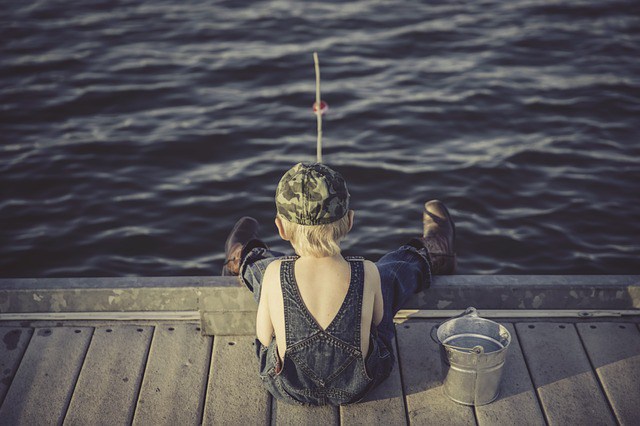
Omega 3 Fatty Acid
Black walnuts are essential in SHTF and a good long-term supply of chia seeds is helpful. You can get Omega 3 from soya beans and leafy greens but it is unreliable. Can you fish in SHTF? Fish and this issue mainly goes away. Salmon run near me and I plan on grabbing them in the Spring and dehydrating them for the year.
Vitamin D
This is of no concern in SHTF as the time in the sun throughout the year will generally give you adequate amounts. Eating the occasional egg also removes any worries about this. Know where the local birds nest and eggs are on the menu in the early Summer.
What Might Be Lacking in a Vegan diet in SHTF?
Top of my list is Vitamin C as I do not live in Florida. There’s no issue at present as trucks and trains bring me lots of oranges but in a long term SHTF I need sources found in Southern Canada.
So wild strawberries and blackberries I will have to find, harvest, and store. But what can I easily grow to cover this one? Orange trees won’t work. Have seeds and grow bell peppers, brussel sprouts, broccoli, cauliflower, tomatoes, and leafy greens. One of the go to foods in SHTF needs to be parsley. Easy to grow, looks like nothing worth plundering, and full of vitamin C and calcium. Most people might add a sprig for decoration or a sprinkle on their slab of meat but as a vegan I can tell you it is awesome chopped up and added to salads and rice. Eat lots of it.
Protein.
If I had a dollar for every time someone asked me “so how do you get your protein?” I would be very rich. My diet is loaded with it and yours is probably in excess if you eat meat. Protein in excess is very bad for the kidneys. Peas, beans, amaranth, millet, and dried pastas are full of it. Eat a wide variety of vegetables and this one is taken care of. I said earlier I would mention vegan ways versus business normal. Well I bet you have tins of tuna and Spam hidden away in your stock pile? Add a tin to a lot of rice and eat over 2-3 days. Before each meal chop up and throw in available greenery. Protein now is not your concern.
Time
A vegan diet without a decent blender (Vitamix or BlendTek) is nearly impossible. I do plan some solar power to use mine but without one preparing food will be a massive time commitment. Cook in bulk and add the greens each meal. Have excellent knives and have the ability to sharpen them every time you use them.
What do you need to know now about vegan diets?
Have seeds and know where you will grow them. For me I plan to grow a lot the first season after the first Winter post SHTF. I cannot see much point defending a garden from hungry people. Up here in Southern Canada they will die in the first Winter and afterwards trading and survivors should be friendly.
My main foods stored are vegan with long-lasting tomato sauces, pastes, etc. and pastas (fortified). I have a fair amount of tinned fish and meat as I think sticking to being a vegan in the SHTF would be deadly. Like foreign vacations the vegan diet is great for you but in SHTF won’t be available or would be dangerous. Vegans need lots of different types of intake to stay healthy and that just won’t happen easily in SHTF.
Powered greens and vegan powders are generally very expensive and I can see no use for them at all in SHTF. For me they are not a part of my planning but research them and they might be a bridge for you. I prefer actual real preserved foods than using this sort of thing. Collard, Swiss Chard, and Kale all dehydrate easily under glass in the Summer and can crush up and packed tight into a glass jar. Even without canning this source of green stuff lasts 8-12 months. Have lots of glass jars with air tight lids.
One thing you might not know is that Kale and Swiss Chard and Collard greens come in different varieties. Have a wide selection of types not just one type. Another tip is decent knives and remove the stems and only eat the leaf. Good scissors work very well in preparing leaf vegetables. The stems are very bitter. I think people hate Kale because of this basic preparing error. Kale is actually really tasty.
Amaranth
This is a seed that thinks it is a grain and a good one. It is complete protein and should be part of your pre SHTF garden. Grows tall and has colorful red leaves so put it around your place not just in the vegetable garden. It does well in drought and heat. For fun in SHTF you can pop it and have popcorn around the camp fire. Boil the seeds for a strange but okay porridge or use as a type of pasta/grain.
The leaves are a decent addition to any meal and the root can be eaten if the plant is mature though I have not tried the root. Plant it around the neighborhood as it acts like a weed and no one else will know to eat it in SHTF as red means danger!
Quinoa is a similarly useful crop and I am growing my first this year.
The obvious is the Three Sisters and history is something we all need to focus on. Again my tip is different types of squash, corn, and beans. The more variety the less chance of a crop wipe out and variety is the spice of life.
Anyhow I hope this gave you food for thought
I am vegan and I have no intention of being vegan in SHTF. However knowing some tips and tricks about the vegan diet might help us all out when the




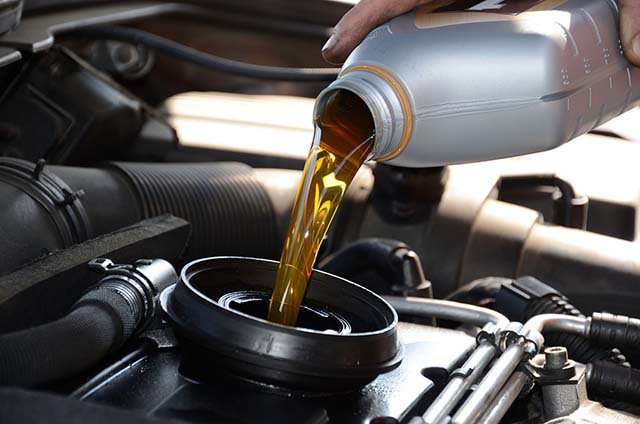
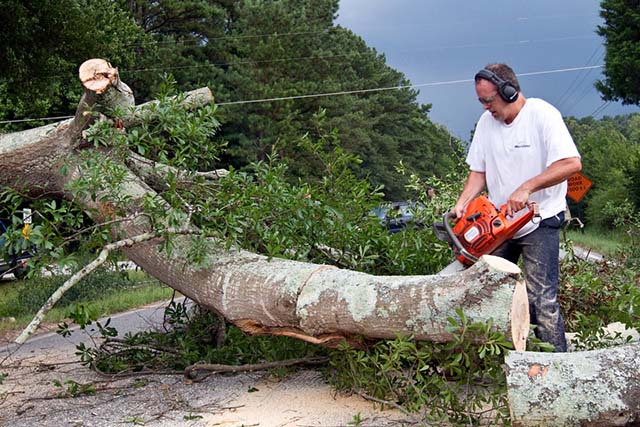 Hand tools are important, but if I can use a chainsaw, I will.
Hand tools are important, but if I can use a chainsaw, I will. You would use anything other than batteries for lighting? Sure I would, with caution. I have some
You would use anything other than batteries for lighting? Sure I would, with caution. I have some 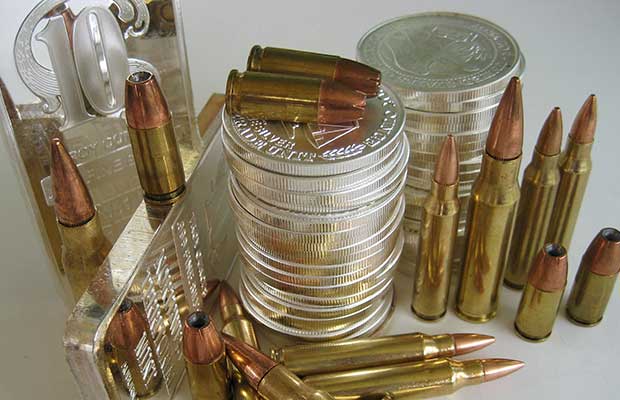
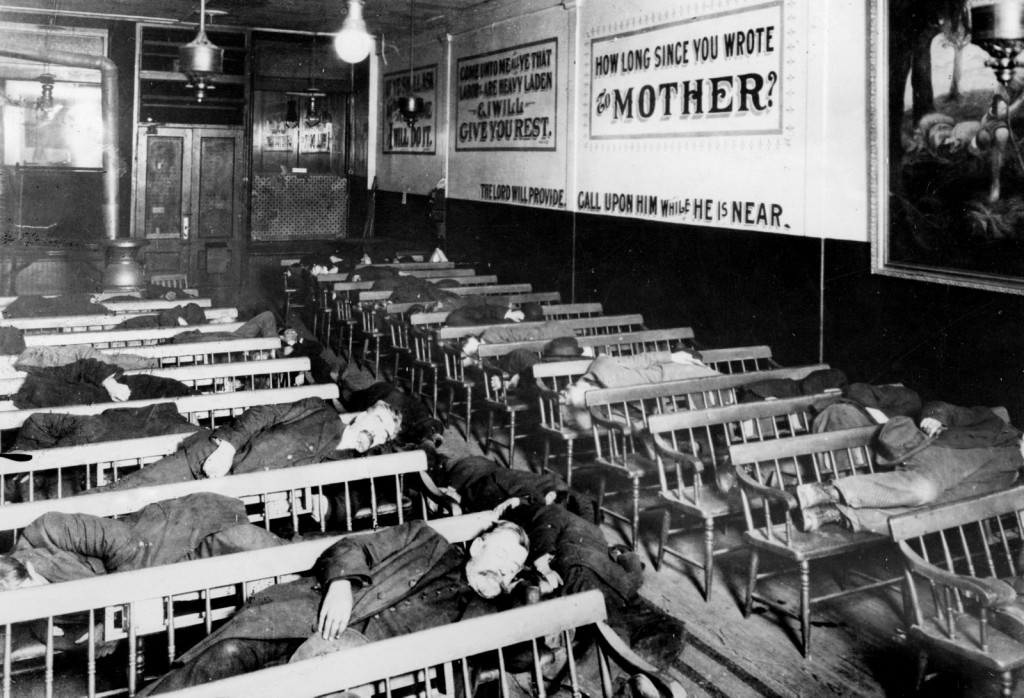 Homeless during the Great Depression
Homeless during the Great Depression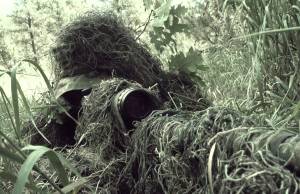
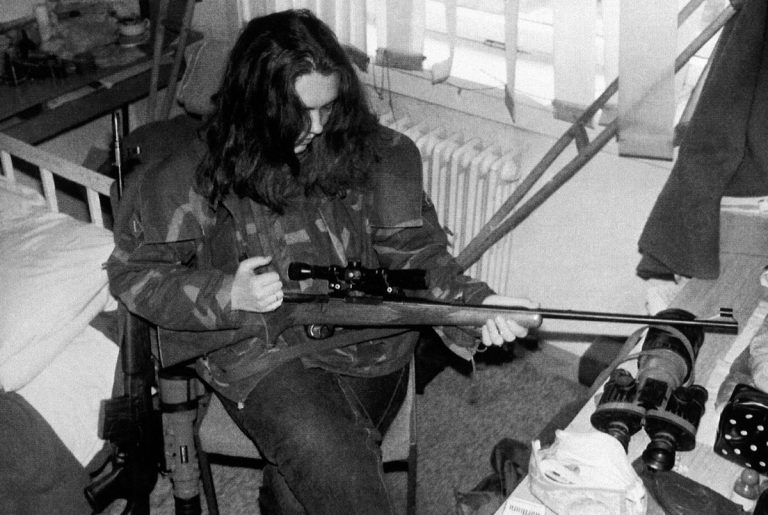
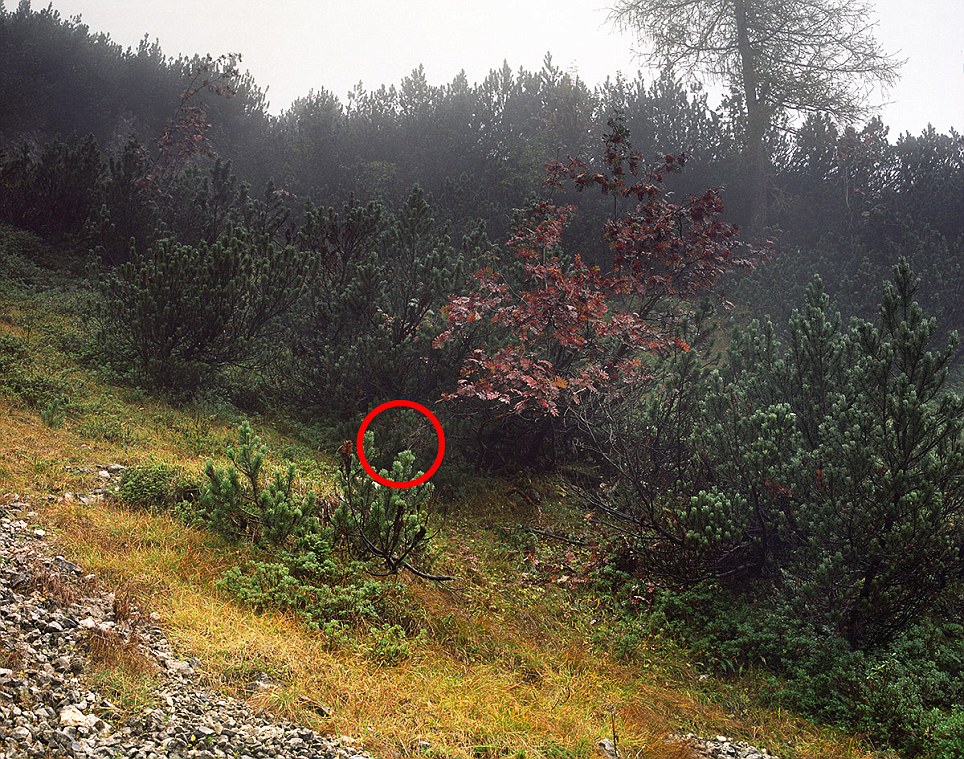 A well camouflaged sniper is an extremely hard target to spot.
A well camouflaged sniper is an extremely hard target to spot.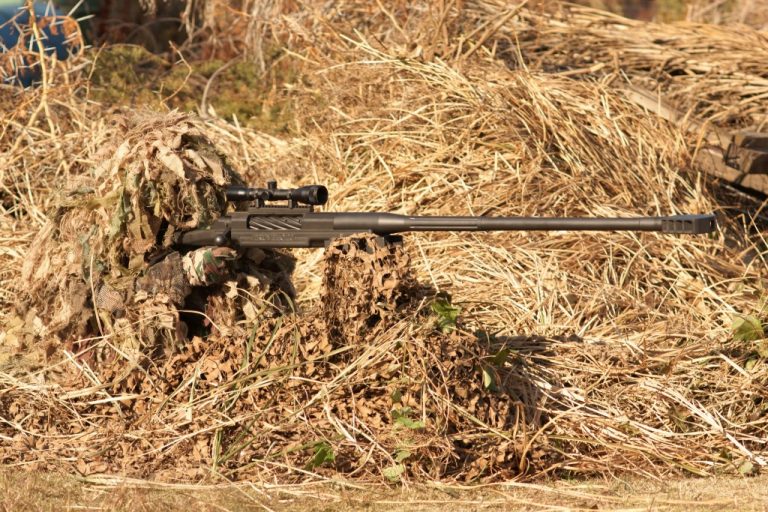
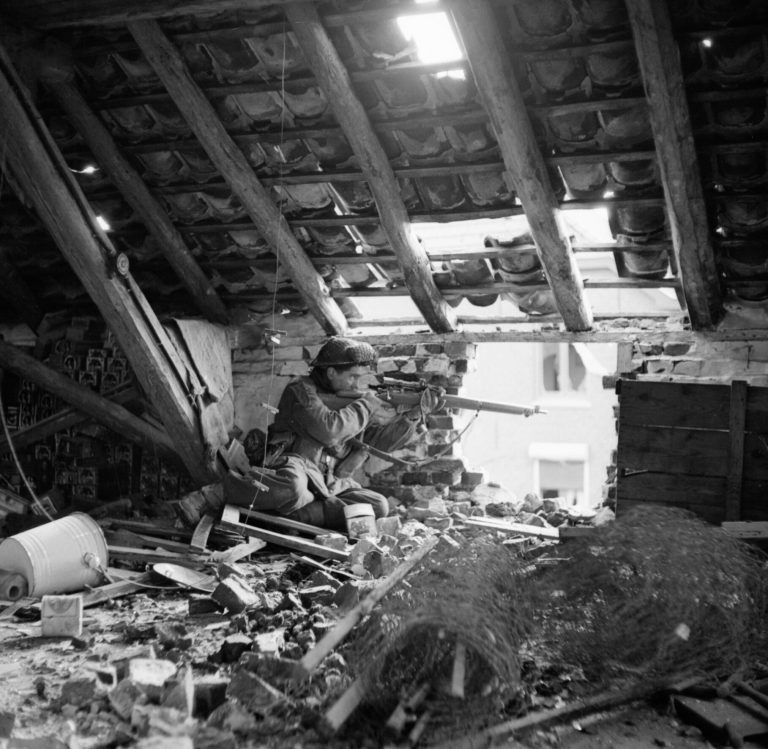
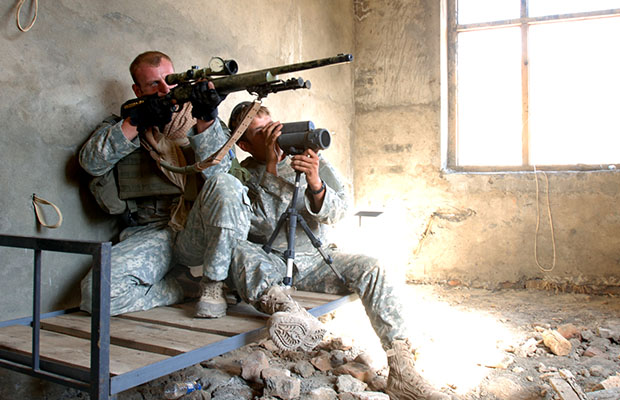
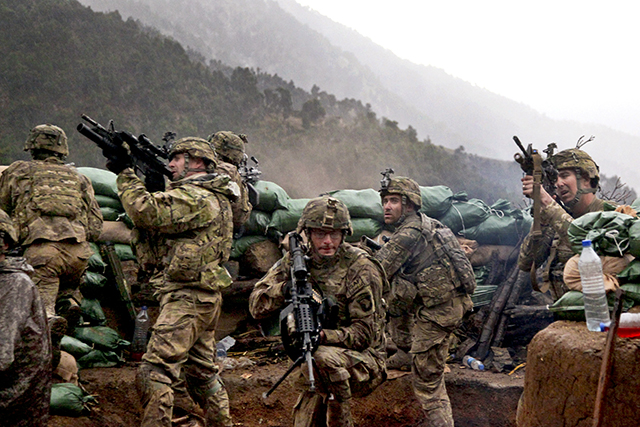 U.S. Soldiers with 2nd Battalion, 327th Infantry Regiment, 101st Airborne Division return fire during a firefight with Taliban forces in Barawala Kalay Valley in Kunar province, Afghanistan, March 31, 2011. ( U.S. Army photo by Pfc. Cameron Boyd/Released)
U.S. Soldiers with 2nd Battalion, 327th Infantry Regiment, 101st Airborne Division return fire during a firefight with Taliban forces in Barawala Kalay Valley in Kunar province, Afghanistan, March 31, 2011. ( U.S. Army photo by Pfc. Cameron Boyd/Released)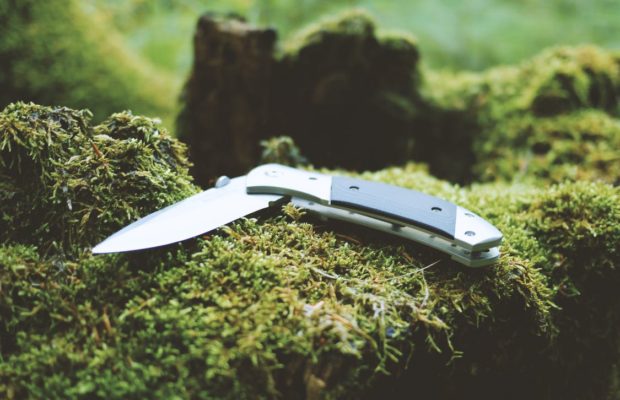
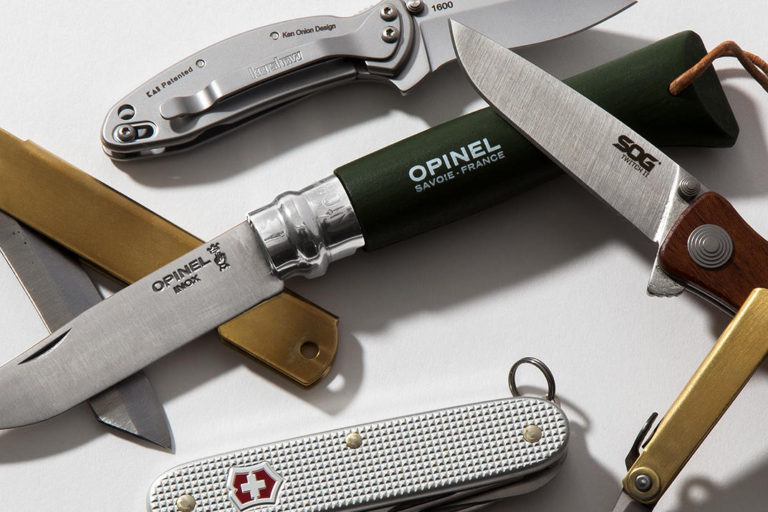
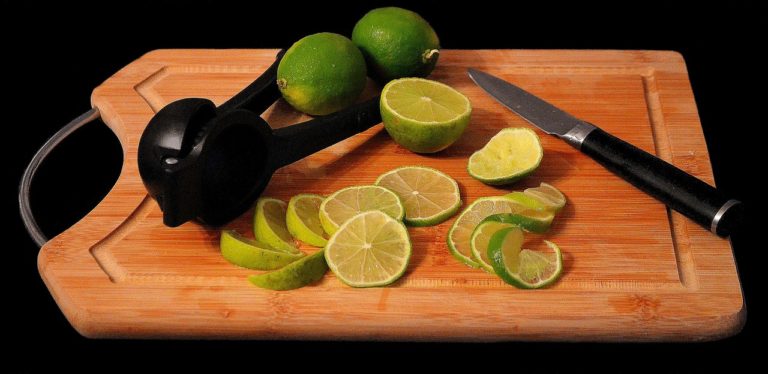
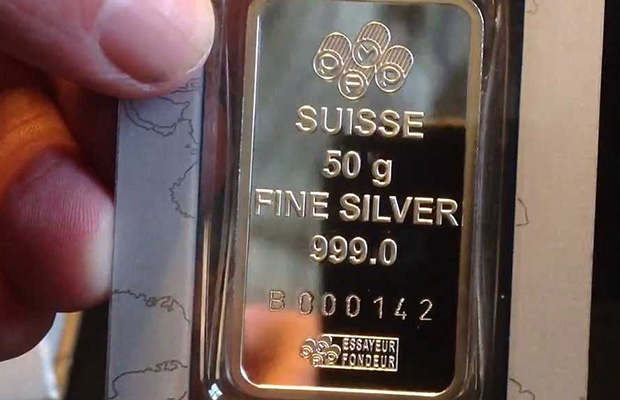
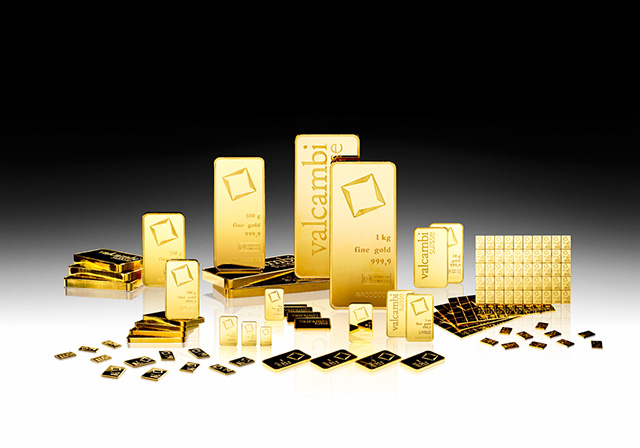
 With Suisse Bars, I can fit several thousand dollars flat on my person inside a belt, inside the lining of a vest or coat, inside my holster, and inside two or three pockets.
With Suisse Bars, I can fit several thousand dollars flat on my person inside a belt, inside the lining of a vest or coat, inside my holster, and inside two or three pockets.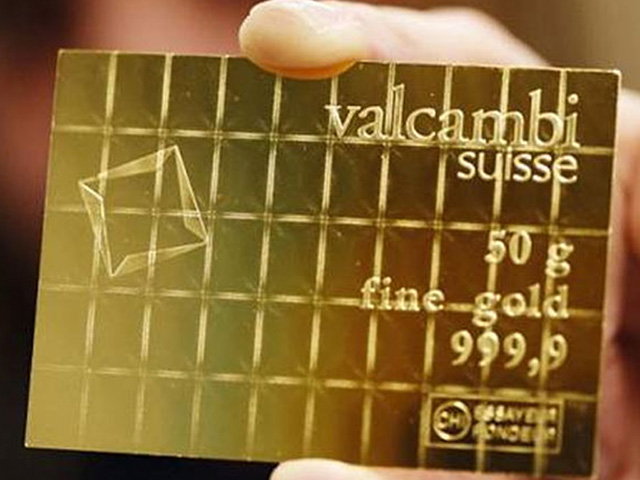
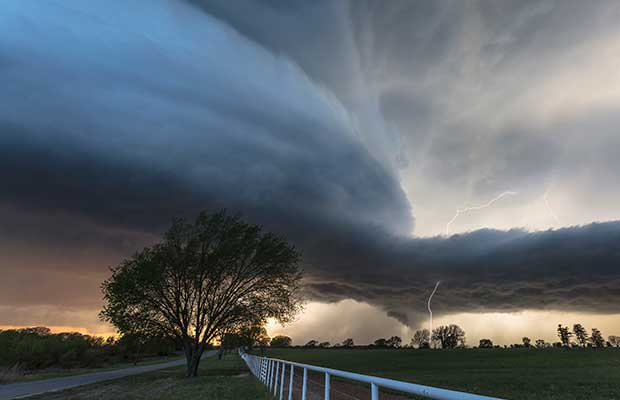
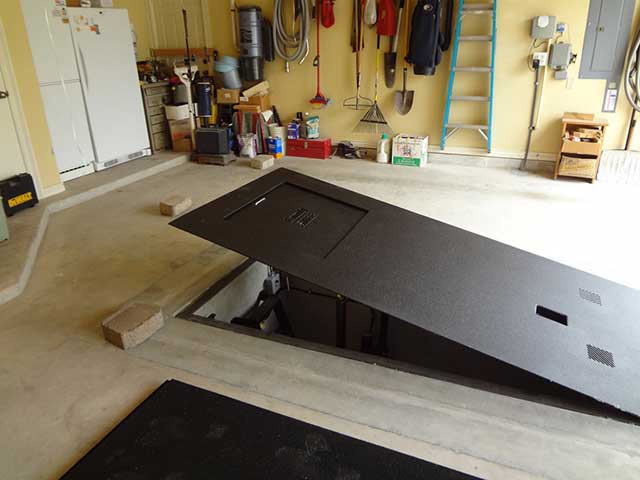 Shelters like this one in the garage can be installed after your home is constructed and could double as a panic room.
Shelters like this one in the garage can be installed after your home is constructed and could double as a panic room.
 A loud whistle can call for help and is heard much easier than screams.
A loud whistle can call for help and is heard much easier than screams.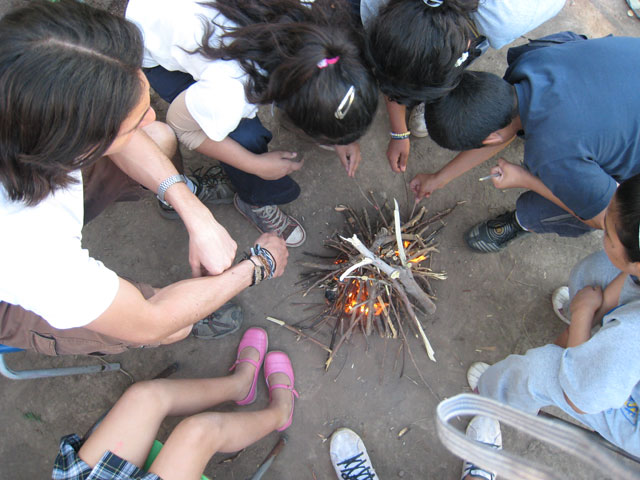 Just having the means to build a fire isn’t enough. It is more important to teach your children how to make a fire.
Just having the means to build a fire isn’t enough. It is more important to teach your children how to make a fire.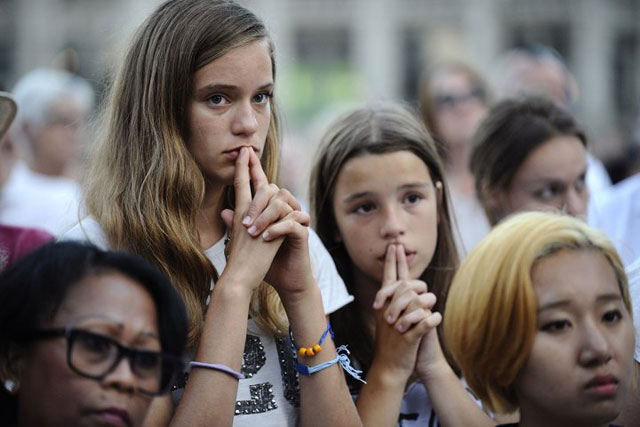 Being separated from your children is a nightmare scenario for parents in a crisis.
Being separated from your children is a nightmare scenario for parents in a crisis.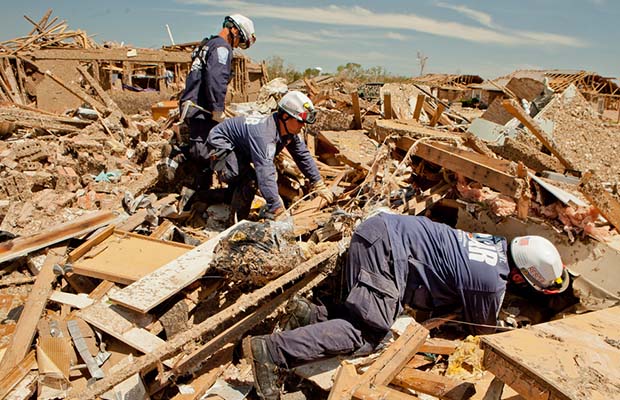

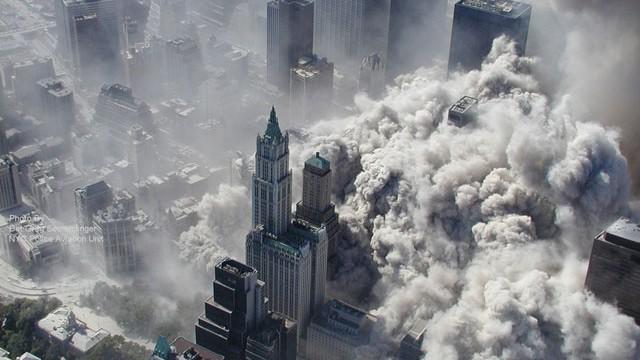 A urban survival kit can give you the survival items you need to make it out of the city fast.
A urban survival kit can give you the survival items you need to make it out of the city fast.
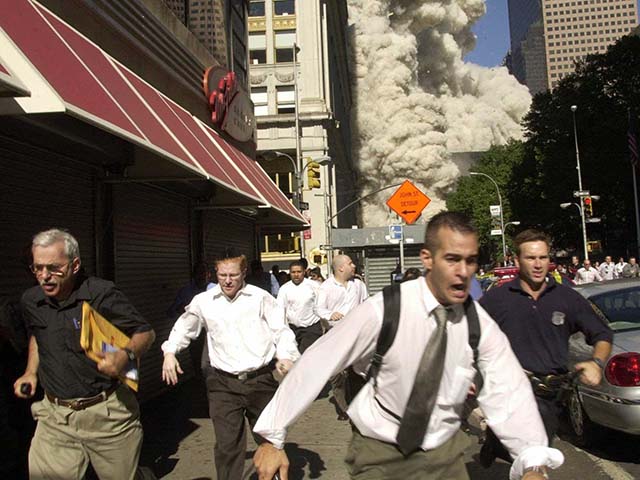 In a disaster or crisis you could find yourself running for your life. Will you have the gear you need?
In a disaster or crisis you could find yourself running for your life. Will you have the gear you need?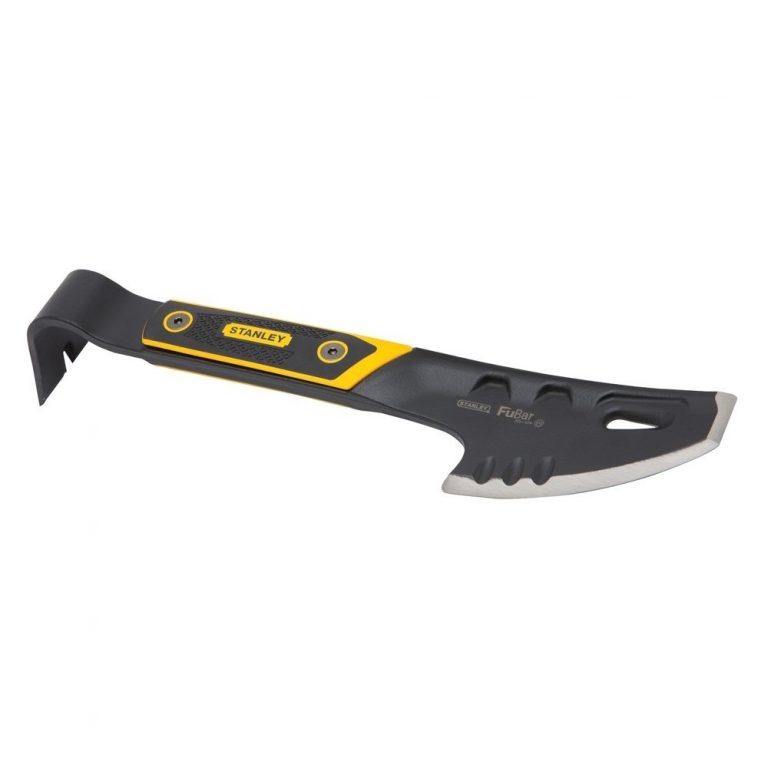
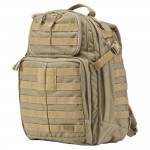 Rush 24 by 5.11 Tactical
Rush 24 by 5.11 Tactical



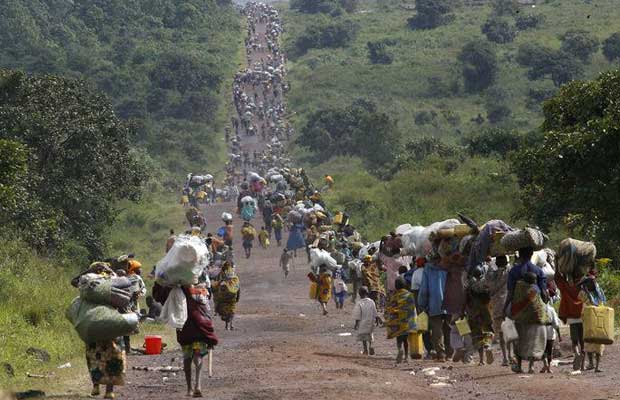
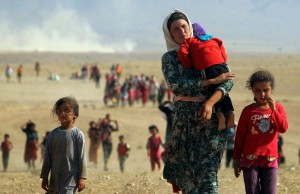 In Mr. Rawles’ mental exercise he was using a power outage. What caused this power outage? We don’t know but it has been long enough that for Joe, “his job is history, the toilet doesn’t flush, and water no longer magically comes cascading from the tap.” We have to assume the power has been out for a long time or the outage was extremely severe and the Just In Time inventory has been depleted. Utilities are out so a major city would get ugly fast. Have you ever seen a sanitation strike in New York? He goes on to say “there are riots beginning in his city. The local service stations have run out of gas. The banks have closed.”. Now, imagine this Joe Sixpack is living in a major city when this happens like New York or Los Angeles.
In Mr. Rawles’ mental exercise he was using a power outage. What caused this power outage? We don’t know but it has been long enough that for Joe, “his job is history, the toilet doesn’t flush, and water no longer magically comes cascading from the tap.” We have to assume the power has been out for a long time or the outage was extremely severe and the Just In Time inventory has been depleted. Utilities are out so a major city would get ugly fast. Have you ever seen a sanitation strike in New York? He goes on to say “there are riots beginning in his city. The local service stations have run out of gas. The banks have closed.”. Now, imagine this Joe Sixpack is living in a major city when this happens like New York or Los Angeles.